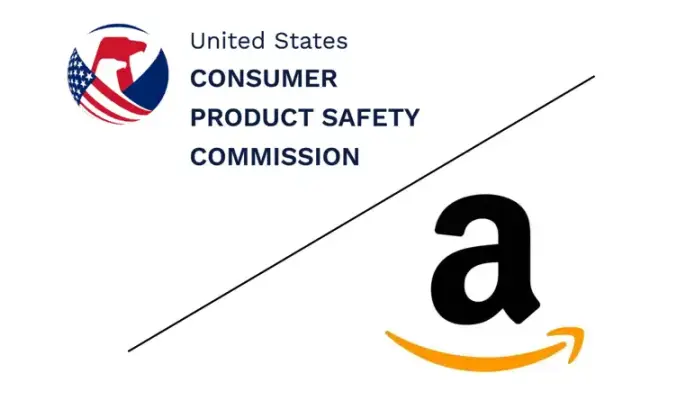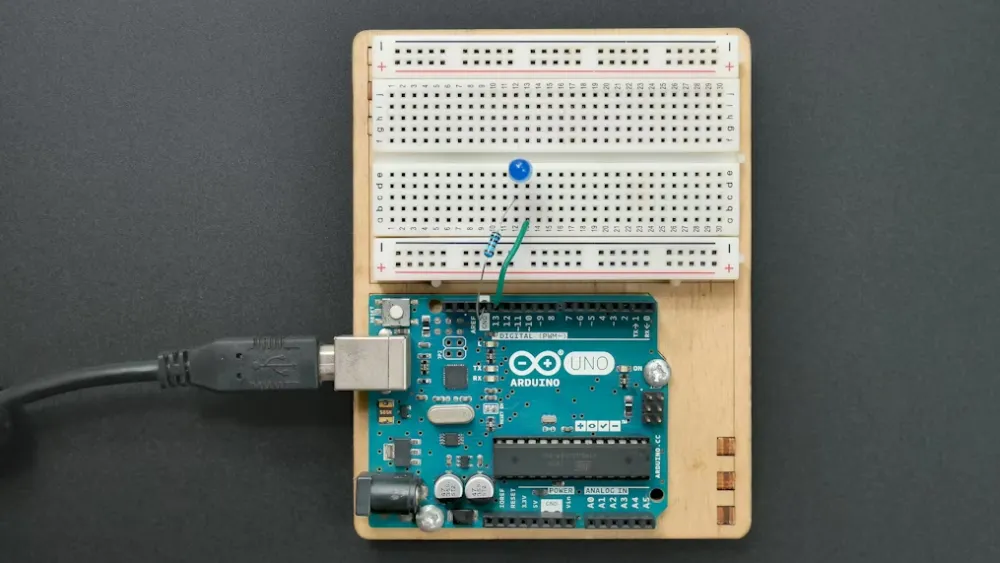
Household Appliances RCM Certification in Australia
rcm certification covers mULtiple regulatory frameworks, including electrical safety, telecom safety, EMC safety, electromagnetic energy safety, and radio safety.
This article will provide a detailed analysis of how a household appliance or an automotive appliance can meet RCM requirements.

How Electrical Products Comply with RCM Requirements
1. Determine the applicable regulations based on product functionality.
For example, Bluetooth earphones:
- Their voltage does not meet the electrical safety framework thresholds of 50V AC or 120V DC, so compliance with electrical safety regulations is not requiRED.
- They involve electromagnetic compatibility, so EMC safety regulations must be met.
- Although they are used close to the human body, their frequency is about 20kHz, below the electromagnetic energy framework requirement of 100kHz–300GHz, so EME safety does not apply.
- Since Bluetooth earphones involve radio transmission, compliance with radio safety regulations is required.
2. Confirm whether existing test reports can be referenced.
Most products exported to Australia have already been circulated in other markets, often having certificates or reports that meet local requirements.
Many countries and regions adopt or reference IEC (International Electrotechnical Commission) or EN (European Committee for Standardization) standards, and Australia is no exception.
For example, EMC and radio frameworks largely adopt EN and IEC standards, which means existing reports can often be referenced directly.
3. Identify additional regulatory reports that need to be supplemented.
The safety framework, electromagnetic energy framework, and telecom framework are mostly based on Australian and New Zealand regulations.
In most cases, new testing and reports are required, although some regulations allow differential testing or analysis based on IEC standards.
Example: A car-mounted millimeter-wave radar obtained a CE-RED certificate before export to Australia. It already complies with the following:
- EMC: EN 301 489-1 V2.2.3, EN 301 489-51 V2.1.1
- Health: en iec 62311:2020
- RF: EN 301 091-1 V2.1.1
- Safety: EN iec 62368-1:2020 + A11:2020
Among these:
- EMC and RF already meet Australian regulatory requirements.
- Safety is exempt due to voltage reasons.
- Only an additional AS/NZS 2772.2 report under the Australian EME standard is required to meet RCM requirements.
4. Arrange sample testing and obtain the supplementary reports.
5. If the product falls under Level 3 electrical safety, submit documentation to an officially authorized body to obtain a safety certificate.
6. Compile all documentation and complete product registration in the EESS Registration Database, or issue an sdoc.
According to RCM regulations, an Australian local representative company is required for RCM registration.
All existing reports, supplementary reports, and product documents must be submitted via the representative’s account to complete RCM registration.
Special Notes for Automotive Electrical Products
For vehicles exported to Australia:
- The entire vehicle must undergo ECE R10 testing, regardless of whether spare parts are also exported.
- Any device installed in the vehicle with a radio communication transmitter must pass the applicable RF, EME, and telecom regulatory tests.
Services Provided by JJR Laboratory (China)
1. Identify the regulatory framework and required supplementary reports
2. Develop a complete project schedule
3. Conduct product testing and issue reports
4. Apply for safety certificates and RCM registration
Email:hello@jjrlab.com
Write your message here and send it to us
 Infant Support Pillow 16 CFR 1243/1242 & ASTM
Infant Support Pillow 16 CFR 1243/1242 & ASTM
 BRM Registration Card Under CFR Part 1130 Regulati
BRM Registration Card Under CFR Part 1130 Regulati
 How to get a D-U-N-S® Number for US FDA Registrati
How to get a D-U-N-S® Number for US FDA Registrati
 Household Massage Devices Compliance in the China
Household Massage Devices Compliance in the China
 Compliance for the Global In Vitro Diagnostic (IVD
Compliance for the Global In Vitro Diagnostic (IVD
 Compliance Guide for Nebulizers in European and Am
Compliance Guide for Nebulizers in European and Am
 Cybersecurity Certification Service for EU RED Dir
Cybersecurity Certification Service for EU RED Dir
 ANATEL Certification Compliance Guide for Brazil M
ANATEL Certification Compliance Guide for Brazil M
Leave us a message
24-hour online customer service at any time to respond, so that you worry!




